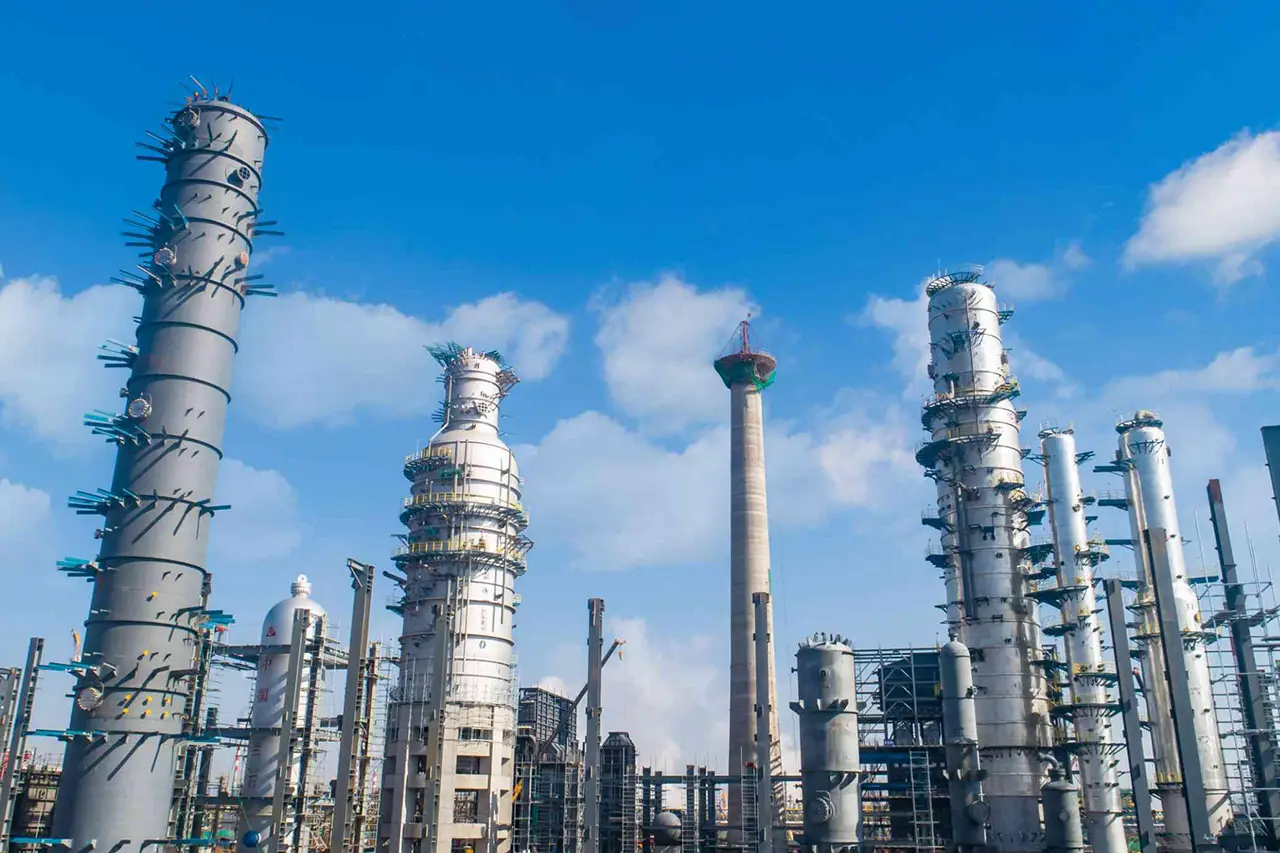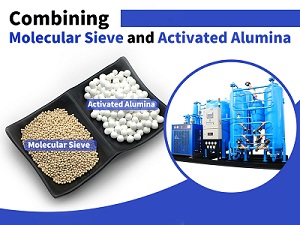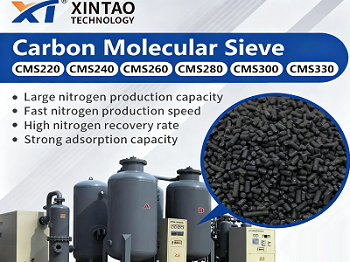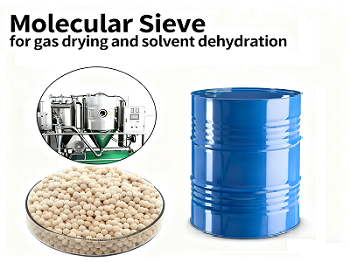Activated Alumina Claus Catalyst
Activated Alumina Claus Catalyst is a key material in sulfur recovery processes, widely applied in industries like refining and chemical engineering. This article will detail its basic properties, main application scenarios, composition, advantages, limitations, and safety precautions, providing a comprehensive overview of this catalyst to help you understand its practical value and usage essentials.

Applications of Activated Alumina Claus Catalyst
Activated alumina sulfur recovery claus catalyst is a high surface area activated alumina sphere. The catalyst is mainly used to catalyze the reaction of H2S and SO2 to produce elemental sulfur in Claus sulfur recovery process.
PSR sulfur recovery catalysts are mainly used for refinery, Claus Sulfur recovery device, furnace gas purification system, urban gas purification system, synthetic ammonia factory, sulfur refractive sulfur recovery device for desulfurization and regeneration of methanol, methanol planting. Claus reacted to make industrial sulfur.
Working Principle and Composition of Activated Alumina Claus Catalyst
Working Principle:
Sulfur recovery catalyst is a catalyst recovered from flue gas. It can effectively help manufacturers reduce emissions of sulfur pollution and achieve the purpose of environmental protection.
Composition:
Sulfur recovery activated alumina claus catalysts are made of active substances containing a large amount of metal elements. They mainly include manganese, cobalt, iron, chromium, aluminum and titanium. It can effectively adsorb the sulfur from flue gas. After catalytic reactions, it can form a useful sulfur -hydrophone.
Advantages of Activated Alumina Claus Catalyst
Sulfur recovery catalysts have significant environmental and economic benefits, with the following key advantages:effectively resolve sulfur pollution in flue gas, helping enterprises reduce sulfur pollutant emissions.
Limitations of Sulfur Recovery Catalysts
However, sulfur recovery catalysts also have certain deficiencies. For example, he has a low resistance to high temperature and easily becomes an invalid catalyst. Moreover, the recovery rate will also be very different due to the different temperature and catalyst loading capacity. Users should choose the correct technical conditions according to the actual situation.
Safety Precautions for Using Sulfur Recovery Catalysts
Pay attention to safety matters using sulfur recovery catalysts, because the gas adsorption method is used for sulfur recovery. There is a risk of explosion. It is strictly forbidden to operate at high temperatures. Before transportation, the catalyst should be placed at room temperature and transported safely to the scene.
In summary, sulfur recovery catalysts can effectively help manufacturers reduce emissions of sulfur pollution and help them achieve environmental protection purposes. However, when used, they also need to pay attention to safety issues and have high requirements for technical parameters.

Contact Xintao
If you have any question, please contact us!






